Description
General Introduction:
An open-mouth bagger is a type of packaging machine that automatically fills
and seals pre-made, open-mouth bags. The bags can be made of various materials
such as paper, plastic, or woven polypropylene, and are suitable for a range of
products including powders, granules, and pellets. In an open-mouth bagging
system, a device holds each bag open, and the product is dispensed into the bag.
Once the bag filling is complete, it is sealed, typically by heat sealing,
stitching, or gluing to prevent any spillage or contamination. Open-mouth
bagging systems are widely used in industries such as agriculture, food
processing, chemicals, and construction to streamline packaging processes and
increase efficiency.
Working Process:
1. Pre-place Empty Bags: Place 2~3 stacks of empty bags at the same time to
provide bags for the packer.
2.Take an Empty bag: The bag sucking mechanism sucks the bottom of the bag
with negative pressure, while the roller-up type bag transmission structure
flattens the bag mouth and transmits it to the bag opening station.
3.Open Empty bag: The bag opening mechanism simultaneously sucks the positive
and negative sides of the bag mouth with negative pressure. The negative
pressure sucks the bag mouth and lifts it, and then the “insert knives”
structure located on both sides of the material discharge port is inserted into
the bag mouth by shaft rotation and spread to both sides .
4.Supply Empty bag: Transfer the empty bag to the bag clamping mechanism by
lifting up the knife arm to complete the bag supplying operation. The bag
clamping mechanism clamps both sides of the bag to prevent dust from
overflowing.
5.Material Filling: The bag clamping detection device ensures the reliability
of the bag supplying. After the detection is completed, the PLC will give a
signal to the automatic weighing unit, then the material in the weighing unit
will be discharged into the packaging bag. During the filling process, perform
bottom vibration operation. At the same time, through the external dust removal
interface, the dust formed by the material is pumped away in the discharge
process.
6.Holding bag and Heat Sealing: After the material filling is completed, the
bag mouth is clamped horizontally through the bag-holding conveying mechanism,
then the bag is horizontally conveyed to the guide entry mechanism, and the bag
is conveyed to the heat sealing (Sewing) station for automatic heat sealing
(Sewing).
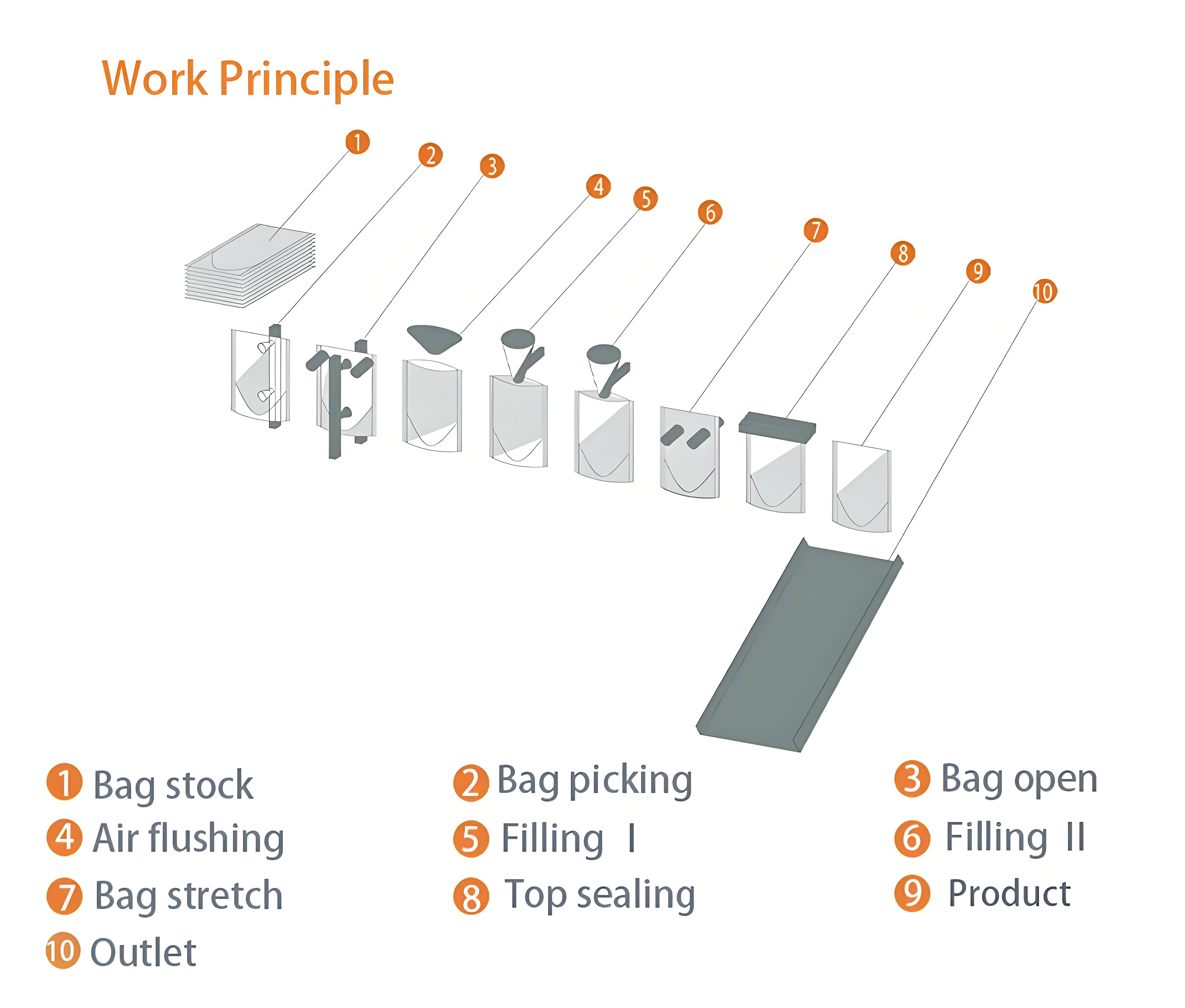
Product Feature:
1. Automatic adjustments for quick product and bag changeovers
2. Total bag top control
3. Optimized dust control
4. PLC controlled with user-friendly human machine interfaces (HMI)
5. Easy clean and easy maintenance configurations
6. Compact design ideal for restricted packaging rooms
7. Fully integrated gross or nett weighing system
Specifications:
|
Model Series |
DSD-25L |
DSD-50S |
DSD-50H |
|
Packable Products |
Granules |
Granules |
Granules |
|
Empty Bag Size |
L(500-750mm), W(320-420mm) |
L(750~900mm)×W(400~500mm), L(850~1000mm)×W(500~650mm) |
|
|
Packaging Weight |
10-25 kg/bag |
10~50KG/bag |
|
|
Packaging Speed |
100~150 bags/h |
300~500bags/h |
500~700bags/h |
|
Bag Types |
PE bags/ aluminum foil bags/ woven bags/ paper bags/ paper-plastic |
||
FAQ:
1. What is an open-mouth bag?
An open mouth bag has one open end through which product is emptied through a
large, throated spout. Open mouth bags package virtually any type of product and
are filled with specialized filling machines. Filling and sealing open-mouth
bags is a two-step process. The open end of an empty, open mouth bag is placed
under the filling spout of an open mouth bag filler. The spout is clamped inside
the bag’s open to prevent product spillage. After the bag is filled, it is
sealed or closed, with a hot melt glue sealer, plastic bag sealer, or bag sewing
machine. Open mouth bags are commonly used to contain and transport dry powders
and granular products like food, chemicals, seeds, grains, fertilizers, and
landscaping products. Open mouth bags are constructed of a variety of materials
including paper, plastic film, and plastic woven mesh.
2.What’s the difference between semi-automatic and fully automatic
bagger?
§ A fully automatic packaging system is best for high speeds and minimal
human interaction, in situations that produce many products with relatively low
variation. A fully automated line includes tools to feed the product to the
system, a scale, and an automatic bagging machine. Automated systems are known
for accuracy and consistency but require a large upfront investment.
§ A semi-automatic packaging system requires reliance on human labor, using
an automated scale to weigh the product, but a human technician to dispense the
product into bags and seal them. Semi-automatic packaging lines are a good
first-solution, as individual machinery can be integrated later to create a
fully automated system. Semi-automatic packaging lines are less expensive, but
also less accurate and slower than fully automated systems.
3. Can one automatic bagger machine handle different bags style, sizes, and
products?
Adjusting an automatic bagger machine to accommodate different bags is called
changeover, and is usually a fast process. Consider automating different parts
of the process to further simplify your production line. If you find you need a
system with further automation, you may want to invest in more automated
equipment.
4. What are automatic bagger fillers you need ?
Automatic bagging machines measure quantities of product into the packaging
machine to be dispensed into the bags. Fillers usually sit above or off to the
side of the packaging machine. An automatic bagging machine is best for
companies hoping to incorporate more uniformity and ease of production into
their environment.

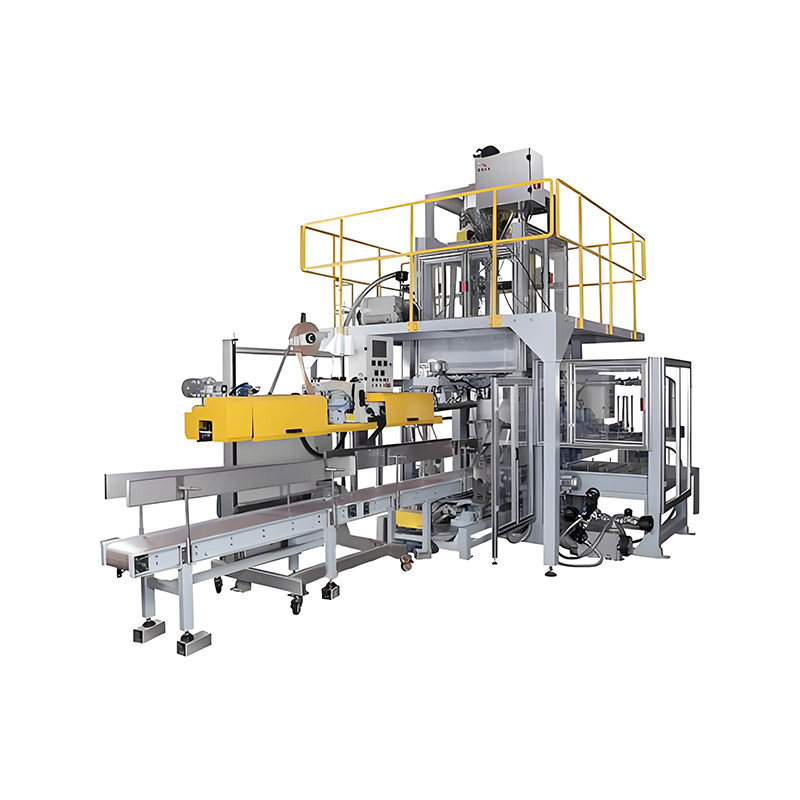
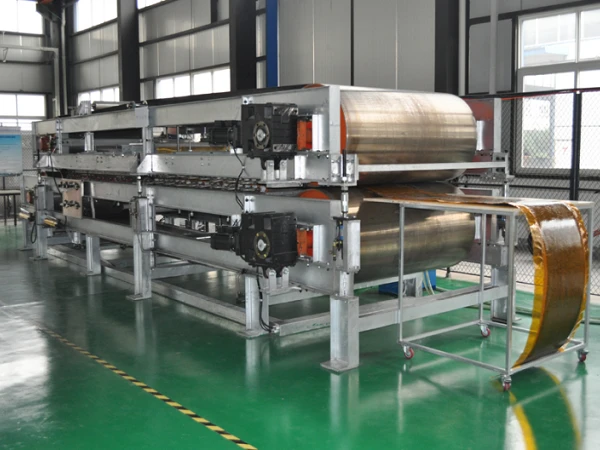
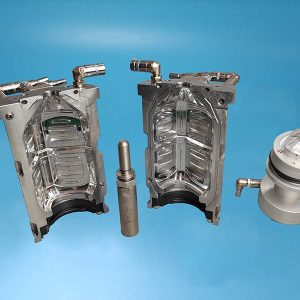

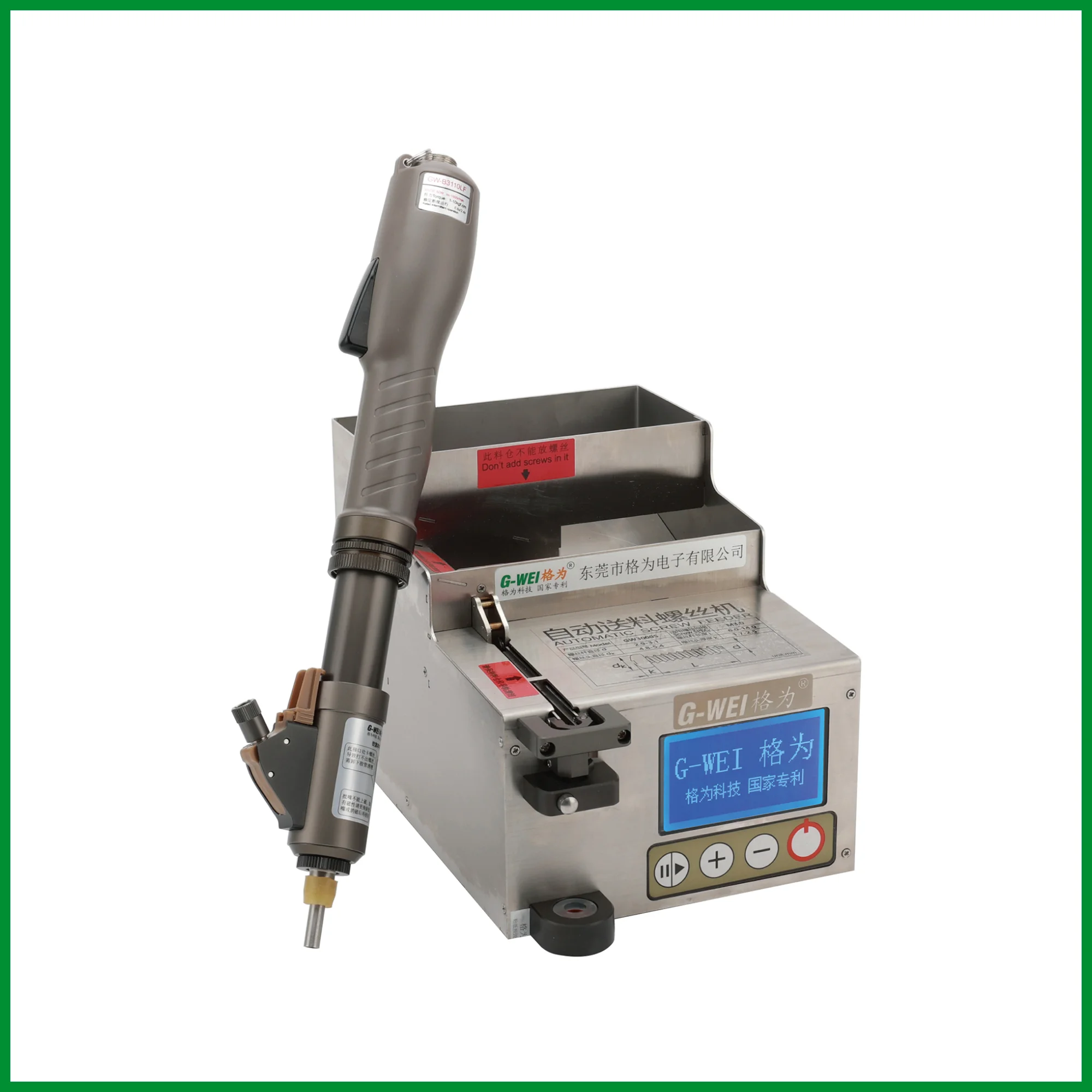
Reviews
There are no reviews yet.